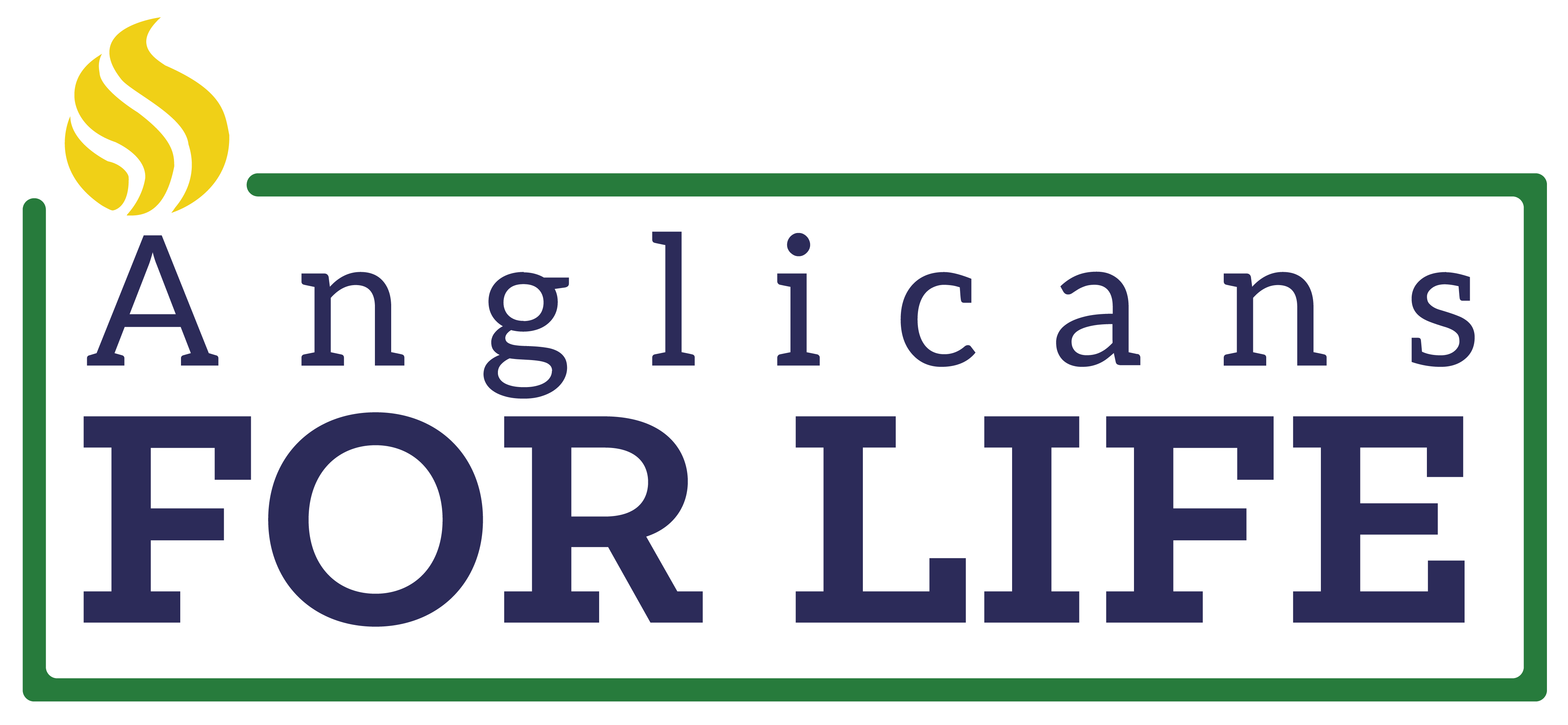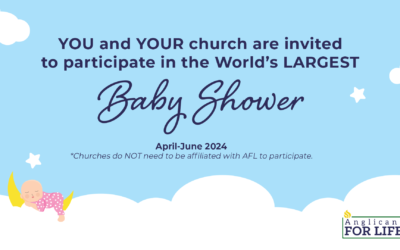In 2013, my mother had a massive stroke and was put into “Comfort Care”; the doctors said she would never recover or become conscious again. As they made their case for us to accept this diagnosis and level of medical care they were proposing, they kept reinforcing how hard it was to care for someone in her condition. They insisted we weren’t prepared to change diapers or handle feeding-tubes or turn my parent’s home into a nursing facility for my mom.
As my sister and I sat and discussed the doctors’ comments, I had an “A-Ha!” moment. The reasons the doctors used to justify withdrawing food and fluids (in essence, giving up hope of her getting better) were designed to undermine our fight for her life and the ongoing medical care we were seeking. It was all about how we couldn’t do it.
This line of reasoning resonated with me because it was similar to the logic I used to justify my abortion.
As a 16 year-old, I wasn’t prepared to change diapers and care for a baby. My best friend, who I confided in, said an abortion was a simpler, better, and wiser choice. Now, here I was as a 52 year-old being encouraged to prematurely end my mother’s life—basically aborting her because my siblings, my dad, and I weren’t capable enough to handle it.
Even some of the nurses told us such things that inferred Mom wouldn’t want to be a burden to her family, and her quality of life was non-existent.
This experience confirmed for me the truth that some people in the medical community saw certain members of society as more expendable than others. It also affirmed the need for education to help prepare the elderly, their adult children, and loved ones for aging and dying. Anglicans For Life met this need by developing an 8-week educational program called Embrace the Journey.
We recognize that everyone will die someday. But it is critical to understand how advances in medical technology, health care rationing, and a fear of suffering or being a burden morph into justification to either artificially keeping someone alive at all costs or hastening their death, instead of letting life end naturally—in God’s time.
We also acknowledge that no one wants to talk about our loved ones or we, ourselves, as aging, and dying. Everyone is afraid of offending one another or saying the wrong thing— so these difficult topics never get addressed until the family is in crisis mode. So, Embrace the Journey is designed to encourage families to discuss and talk about important topics like funeral plans or what your wishes are, as you or your loved one nears death.
Embrace the Journey also addresses an issue called Advance Care Planning. Different than an Advance Directive, Advance Care Planning introduces many new terms regarding types of care elderly people may need; unfortunately, they don’t always fully comprehend the implications of the various types of care discussed during those conversations. In other words, they (your elderly parent or friend) can agree to something unintentionally that will be hard to cancel or prevent in the future.
Finally, Embrace the Journey discusses the inherent problems associated with assisted suicide, for example;
- Assisted suicide undermines medical efforts to maintain and improve pain management and care for patients near the end-of-life, as well as the ability for patients to fully trust their doctors. No doctor can predict a person’s life expectancy with 100% accuracy, and many patients outlive their “6 months or less” diagnosis.
- Assisted suicide takes the freedom to die and turns it into a duty to die – as the choice to refuse healthcare treatments is taken away when insurance companies deny payment for life-saving treatment, but will pay for life-ending drugs. And rising health care costs or a fear of being a burden to others can pressure people to request lethal drugs.
- Assisted suicide also glorifies death – media coverage of assisted suicide can glamorize suicide which leads to “imitative suicidal behaviors”, especially amongst young or depressed people. In 2015, Oregon’s health department reported that the rate of suicide among Oregonians has been increasing since 2000, 3 years after it legalized assisted suicide, and as of 2012, it was 42% higher than the national average.
- Finally, assisted suicide increases risk of abuse because once lethal drugs have been prescribed, there is no supervision to assure the drugs are voluntarily taken by the patient and not ingested by someone else. Also, elder abuse is a major concern in America, and there is no protection to assure the patient requesting assisted suicide is not being coerced or forced to request death, especially by an heir.
There is a need to educate people about the impact assisted suicide will have in the future. Keep in mind that someday our lives will be the ones our children will be encouraged to abort. Plus, the abortion mentality has manifested itself in a blatant disregard/disrespect for the value of life, at any stage when that life becomes inconvenient.
Organizations like Anglicans For Life exists to be a voice, a witness, to the sacredness of life created in God’s image. We encourage you to seek out resources like Embrace the Journey and help us educate others about these topics.
It is becoming even more important for the Church to address aging and dying issues as we see efforts growing at the national level to pass legislation that permits federal funding from Medicare to pay for patients to be killed using current assisted laws that are legal in 10 states as well as the District of Columbia. Ten additional states are also currently working to legalize assisted suicide.
The proposed bill, H.R. 8137 is sponsored by Rep. Brittany Pettersen (D-CO), who argues that assisted suicide should be eligible for federal funding; by saying that it’s not really assisted suicide. According to Petterson, “Medical aid-in-dying, an authorized medical practice, is not euthanasia, mercy killing, or assisted suicide.”
Medical-aid-in-Dying (MaiD) is now a glorified term employed to take the focus off the intention of the words –purposefully ending someone’s life through a lethal injection or a fatal dose of death inducing medication while referring to it as a form of healthcare.
If we, as the Church, don’t stop the growing acceptance of assisted suicide, we will need to develop programs in the future that are similar to the abortion aftercare programs (that are designed to help women feeling guilty for ending their baby’s life,) —but ones designed to help families deal with the regret and grief associated with their loved ones being aborted via assisted suicide.
Editor’s Note: You can view AFL’s Embrace the Journeycurriculum online at http://shopafl.org/etjleadersguide.




